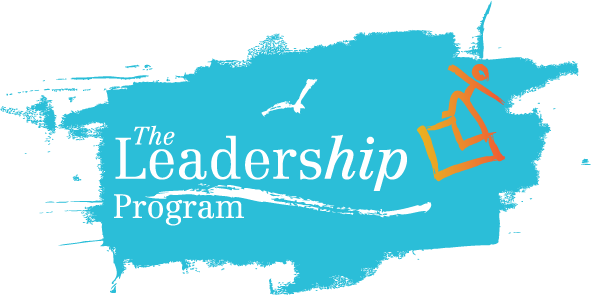“For the things we have to learn before we can do them, we learn by doing them.” ― Aristotle, The Nicomachean Ethics
At Leadership, experience is at the core of all of our learning. All of our curriculum, trainings and workshops are interactive and dynamic, including Empowering Upstanders, our approach to bullying prevention in schools and communities.
Defining an Upstander is only part of our approach to bullying prevention. The other more essential part is actually becoming an Upstander. The Upstander definition we use is: Someone who recognizes that something is wrong and does what they can to make it right. Based on this, an Upstander is not just a person who acts in the moment of a bullying situation, it is anyone who takes action anytime they witness injustice, who works to make their communities kinder places, or who stands for a cause they believe will make their world a better place.
Action is the most critical part of the experience in becoming an Upstander and so we find it crucial to synthesize and ground our bullying prevention approach through the tangible nature of a final project. Therefore, the last few lessons of our curriculum focus on creating a final project by the group at large. More often than not, the project culminates in an awareness campaign through posters, pledges, PSAs, videos, murals, or the formation of an Upstanders In Action Leadership Club, but each group can decide on a project that is best for their community.
While the specific projects may vary, the common thread among all of them is that the students become Upstanders through them. Through the brainstorming, identifying, planning, and creating of the final project, each person takes another action step towards becoming an Upstander.
Here are 10 simple steps towards creating and implementing a successful final project and to empower your students to step into their leadership as Upstanders:
1. Work as a group
There is power in numbers and, particularly in cases of bullying, we want our students to know that they are not alone and that they can work together to solve problems.
2. Identify a problem
Your students should decide together what specific problem they want to tackle with an Upstander approach at their school. Whether it is issues of bullying they witness on the playground, mocking they hear in the lunchroom, cruel messages in the bathroom, or anything else-- this is the students’ time to decide how they can make their school a better place to be, for everyone.
3. Brainstorm solutions
The power of becoming an upstander comes, in large part, through understanding that each of us has the ability to effect positive change. Once your students have identified the problem they want to solve, they should have an open and nonjudgemental brainstorming session to imagine all the many ways they could lend their Upstander Approach to that problem.
4. Find a united voice and select an idea
Once the students have generated many possible options, they should decide on one plan. Through voting, debating, or random draw, the class can come together toward one vision. It is important that the whole class feels like they are on board with the idea, even if it wasn’t their original one so that the class works together toward a greater good.
5. Outline the project
Once the idea is decided, the group should outline the steps to achieving their idea, including benchmarks and timelines for completion.
6. Delegate tasks
Each student should feel like they have a role in the successful completion of the project, so tasks should be delegated accordingly. Whether students are working in small groups on tasks or working individually, everyone should understand how their part contributes to the larger goal.
7. Keep personal and group accountability
Once the benchmarks and timelines are set, and the roles and tasks are established, you should check in with your students regularly for updates on their work. The students should understand the accountability of their own efforts, as well as the group’s efforts as a whole. Projects are more successful when the participants keep their sights on the “why” of their final goal.
8. Complete the project and share it with others
The most powerful Upstander projects are those that are shared with others, so make sure that the final completed effort is showcased with the families, the school, and the community.
With these simple steps, students can step into their leadership and stand up against bullying, as upstanders in their schools and communities.



Comments [0]
Click here to read/write comments